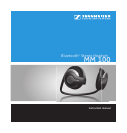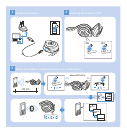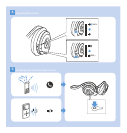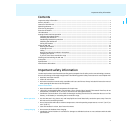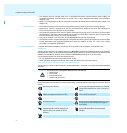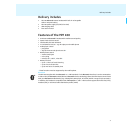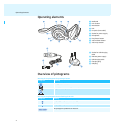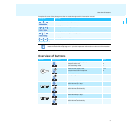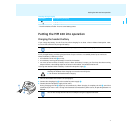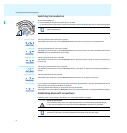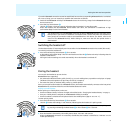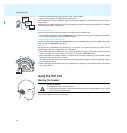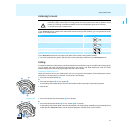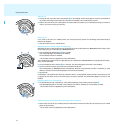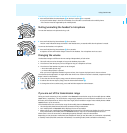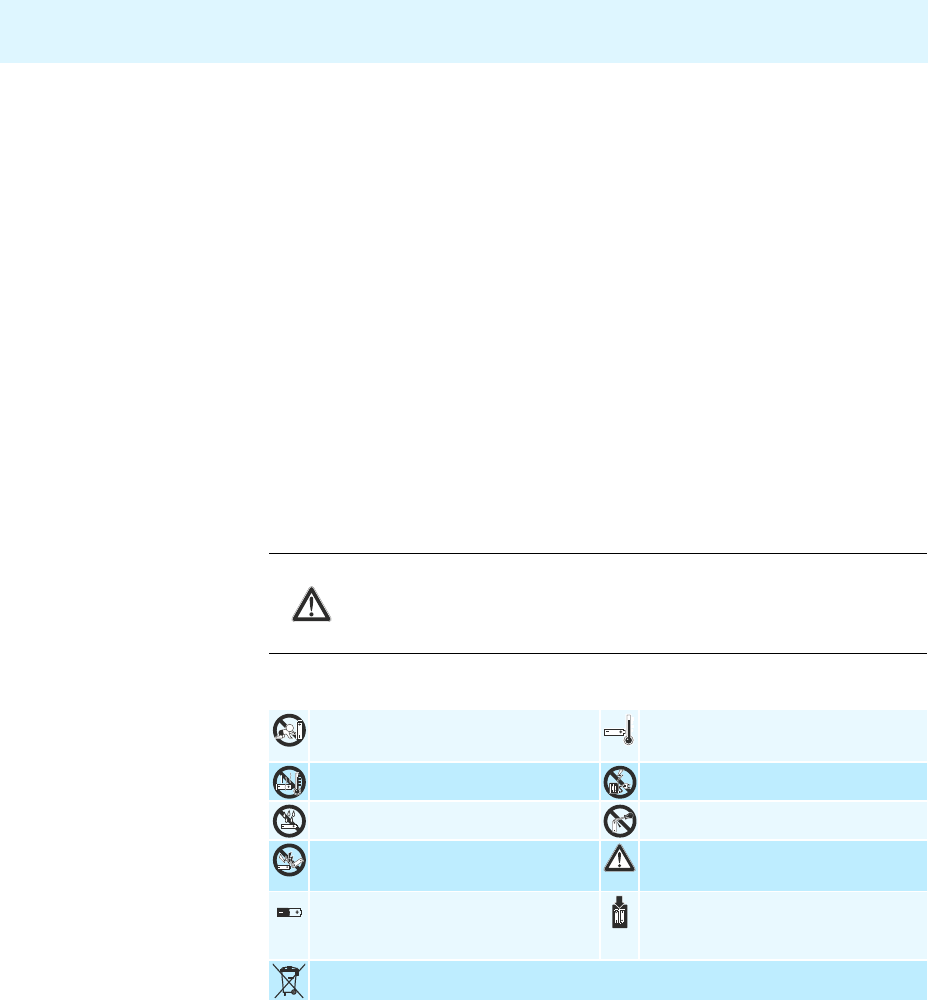
2
Important safety information
• The headset must be charged either with a compatible Sennheiser Communications power supply, the
compatible Sennheiser Communications car charger unit, or other compatible Sennheiser Communications’
charging units.
• Never try to charge batteries other than the one in the MM 100 headset with the MM 100 power supply or car
charger unit.
During operation • Avoid listening at high volume levels for long periods since this leads to permanent hearing damage.
• Observe your country’s regulations for the use of mobile phones, headsets and hands free equipment in
traffic. Always focus your attention on driving safely!
• This equipment generates, uses and can radiate radio frequency energy and, if not used in accordance with
the instructions, may cause harmful interference to radio communications. However, there is no guarantee
that interference will not occur in a particular installation.
• Only use the headset in aircraft where wireless Bluetooth® transmission is permitted.
• The headset contains magnets that generate a magnetic field which could cause dangerous interference with
cardiac pacemakers and implanted defibrillators. Keep the headset at least 1.2” (3 cm) from cardiac
pacemakers or implanted defibrillators.
After the usage period • Dispose of the built-in batteries according to local regulations. Do not dispose as household waste.
Intended use
The MM 100 is an accessory for mobile phones or any Bluetooth compliant device with a hands free profile (HFP),
a headset profile (HSP), an advanced audio distribution profile (A2DP) or an audio/video remote control profile
(AVRCP). It is intended for wireless communication via Bluetooth technology in dry environments.
It is considered improper use when the MM 100 is used:
• for any application not named in this instruction manual,
• under operating conditions that deviate from those described in this instruction manual.
Safety instructions for Lithium-Polymer rechargeable batteries
The MM 100 has a built-in Lithium-Polymer rechargeable battery. If abused or misused, rechargeable batteries
may leak.
Please understand that Sennheiser Communications does not accept liability for damage arising from abuse or
misuse.
WARNING! In extreme cases, rechargeable batteries may even present
•a heat hazard
• a fire hazard
• an explosion hazard
• a smoke and gas hazard
Keep away from children. Only charge rechargeable batteries at ambient
temperatures between 10 °C/50 °F and 40 °C/
104 °F.
Do not heat above 40 °C/104 °F, e.g. do not
expose to sunlight or throw into a fire.
Do not charge the rechargeable battery if the
unit is obviously defective.
Do not expose to moisture. Do not mutilate or dismantle.
Do not short-circuit. Store the units/rechargeable batteries in a cool
and dry place at room temperature (approx.
20 °C/68 °F).
When not using rechargeable batteries for
extended periods of time, charge them
regularly (every six months for about
one hour).
Only charge rechargeable batteries with the
appropriate Sennheiser Communications
chargers.
Return defective units or units with defective rechargeable batteries to your specialist dealer.



